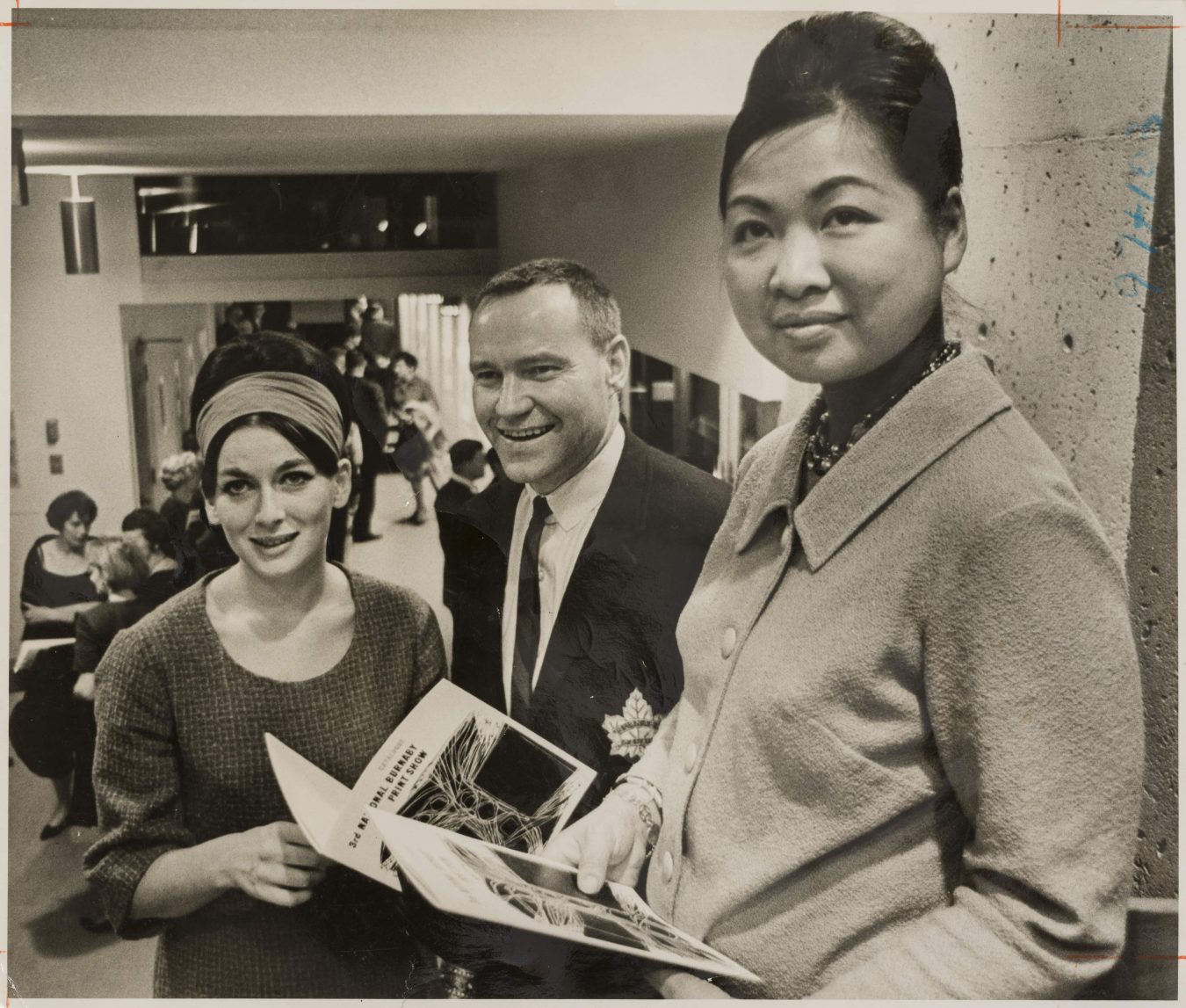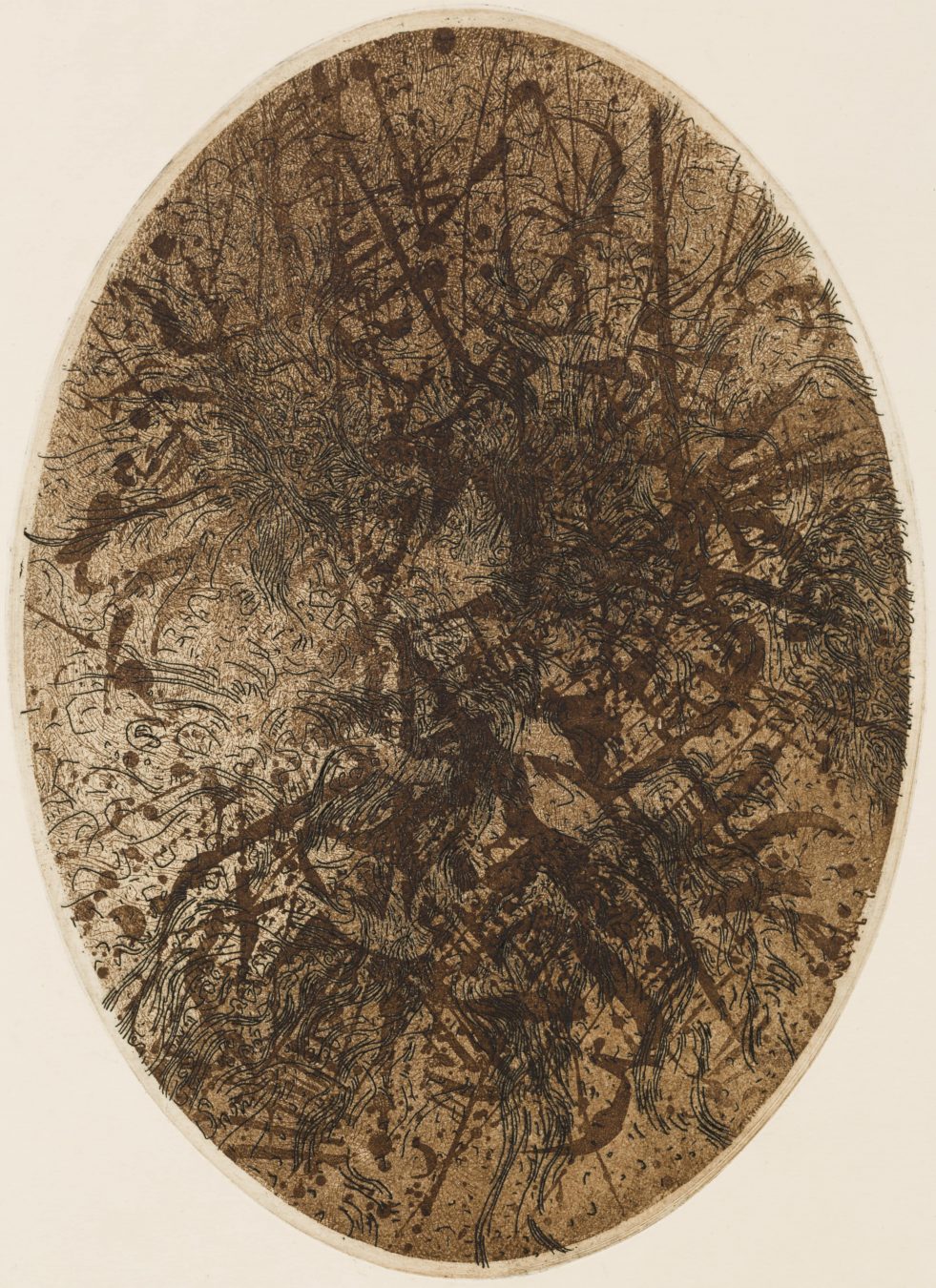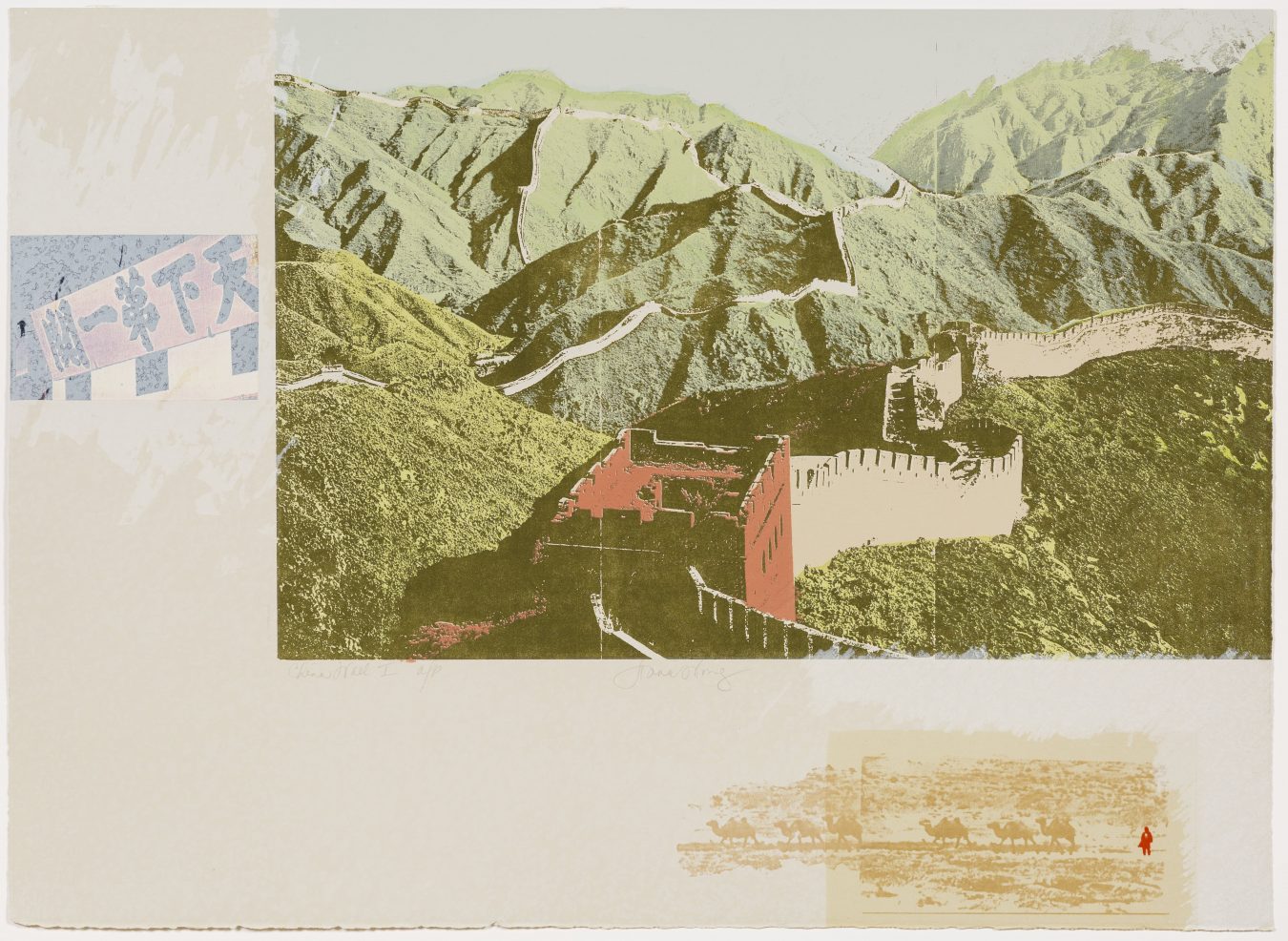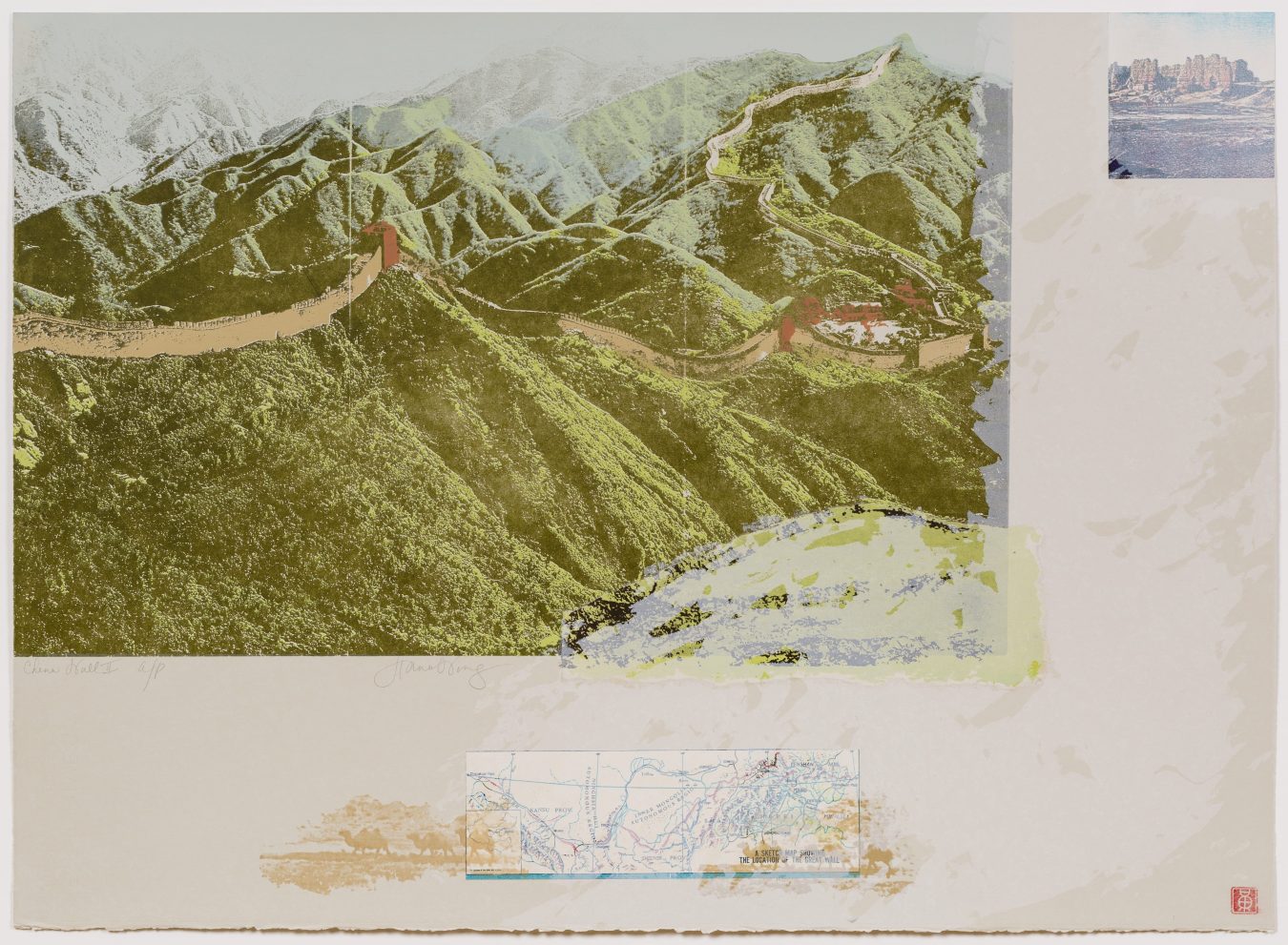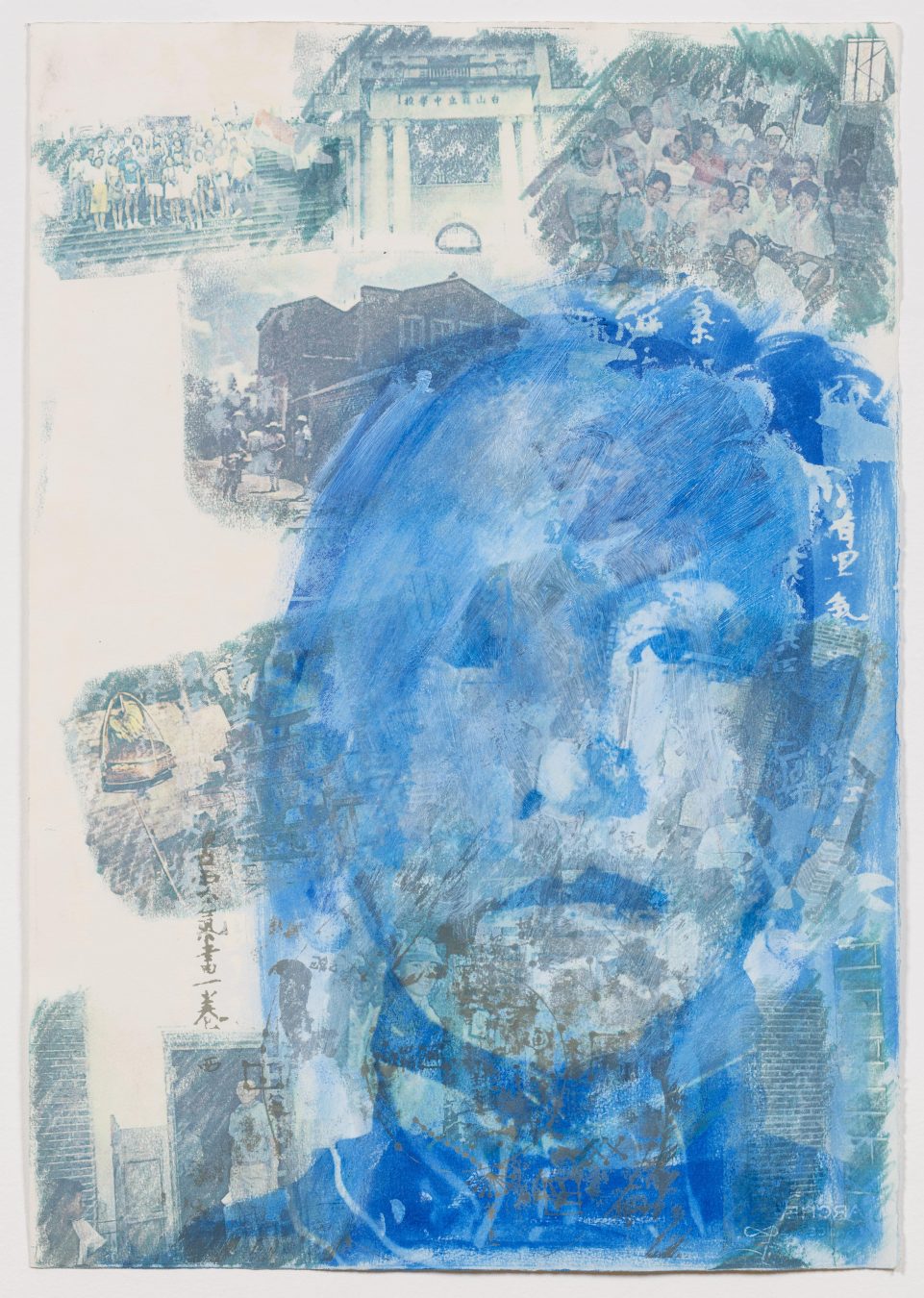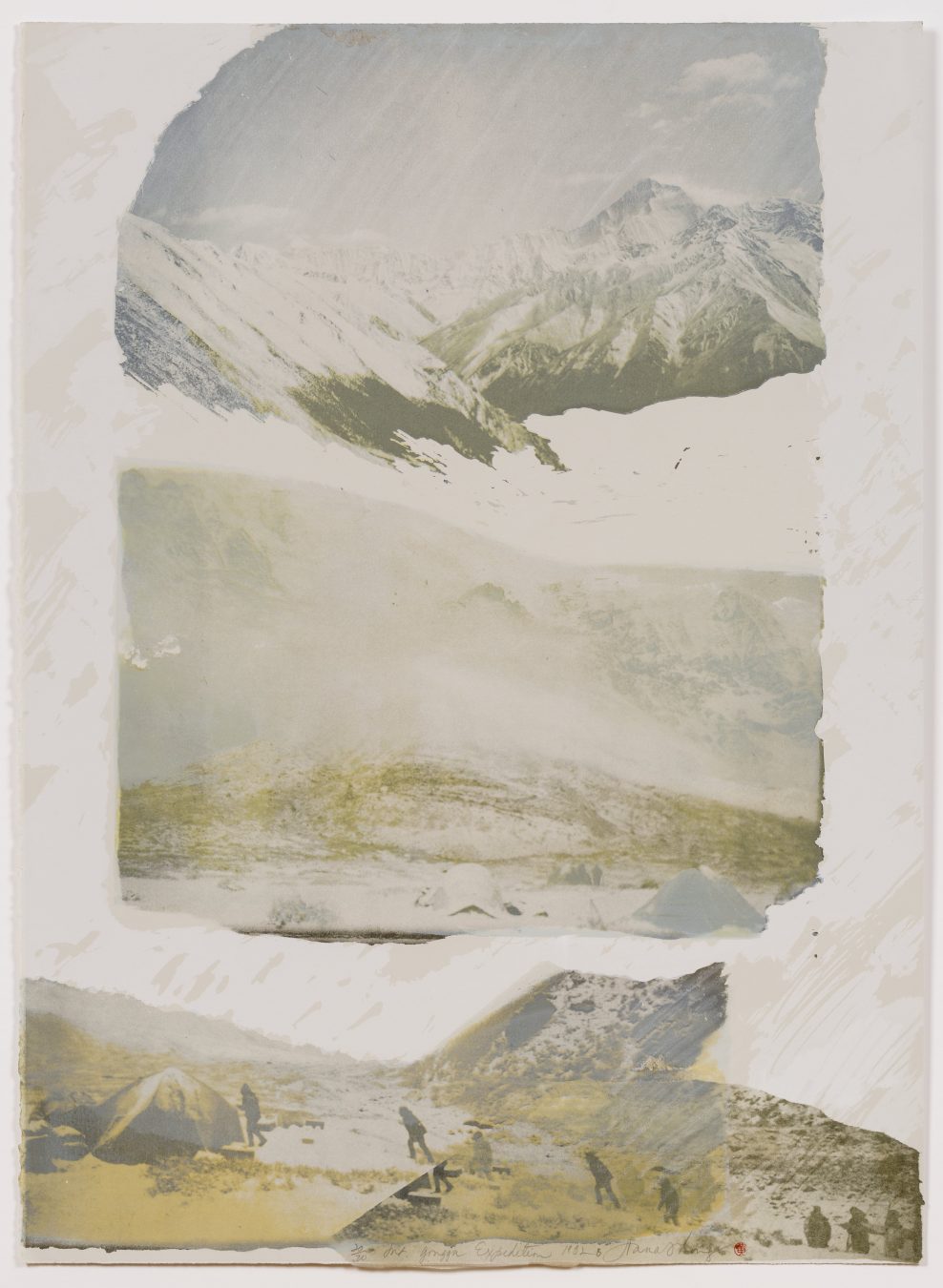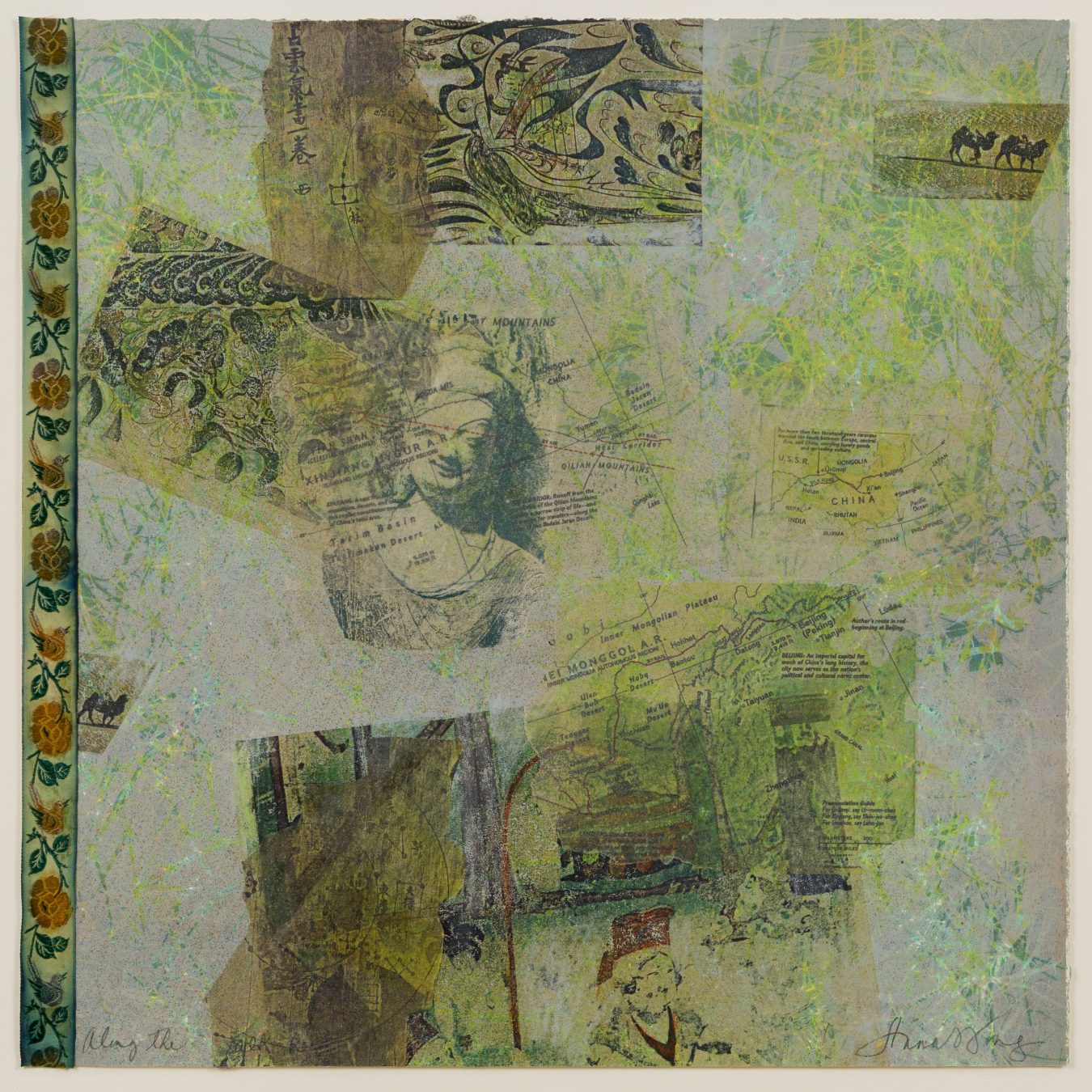The following is excerpted from “Anna Wong: Traveller on Two Roads” (2018, Burnaby Art Gallery) by curators Jennifer Cane and Ellen van Eijnsbergen.
As a young adult, Wong studied Chinese brush painting in Hong Kong, and graduated from the Vancouver School of Art with a degree in creative printmaking. She moved to New York City at the age of thirty-six to continue her studies at the Pratt Graphics Center, where she was quickly offered a teaching position. Over her twenty years at Pratt, she taught hundreds of students, returning to Vancouver each summer to teach her own ‘art school’ to a large extended group of nieces and nephews, and to spend time working on her own art in the serenity of her Quadra Island studio.
How did the middle child of ten siblings end up as the matriarch of the family and, at the same time, pursue her independence, realizing her dream of becoming a professional artist in New York? One important factor was Wong’s parents’ blend of Chinese and Western traditions, with a priority placed on education, both cultural and academic. The Wong family was committed to the study of their Chinese heritage; all the Wong siblings attended Chinese language school and studied Confucian philosophy and Buddhism. The family had subscriptions to magazines such as China Reconstructs and China Pictorial. The siblings were strongly influenced by their father, who had an intense vision and drive to do well and to return to China as a success. When Wong’s parents took a year-and-a-half journey around the world in 1951, twenty-one-year-old Anna became the appointed custodian of her younger siblings. This experience solidified her role as an adept listener and family confidant. It was also during this time that Wong developed an interest in teaching art lessons to young children. What better way to occupy her younger brothers who were now in her care?
After Wong’s parents returned from their travels, she settled into a career with the family business, Modernize Tailors, which was a thriving fixture in their Chinatown neighbourhood. Relieved of the primary responsibility of caring for her family, Wong’s artistic inclination, noted by her teachers at an early age, would rise to the surface. In 1958, she travelled to Hong Kong to study ink brushwork with one of the most important Chinese artists of the time, Zhao Shao’ang. She enrolled in night classes to pursue her passion for art, eventually taking up full time studies. One of Wong’s earliest artistic successes includes an Honourable Mention at the Burnaby Art Society National Print Show in 1965, for her work Morphallaxis XXIX, a piece that became one of the first additions to what is now the City of Burnaby Permanent Art Collection. The artist was realizing success even before graduating from the Vancouver School of Art with top honors and earning a scholarship that took her to New York.
The contrast between her home in coastal British Columbia, known for its lush rainforests of red cedar and Douglas fir trees, and her New York life, where she made her home in a cramped ten-by-ten-foot apartment, is striking. Wong embraced the New York art scene, attending many gallery openings, performances and installations and serving as a tour guide for family members who took advantage of an opportunity to visit the city. Although she lived down the street from the infamous Studio 54 during its heyday, she was a soft-spoken and reserved person who was not interested in the party life. According to her mentor and friend, Andrew Stasik, former director of the Pratt Graphic Art Center in New York, “Anna rose from being a dedicated printmaker to being an extraordinary teacher beloved by her many, many students and professional artists.”

